Railroad, police cracking down on trespassers near trains
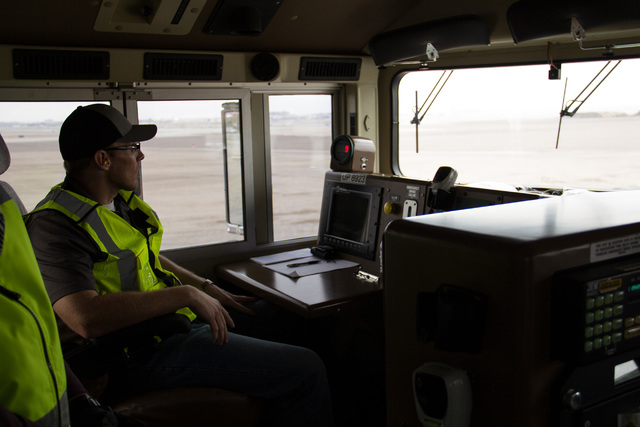
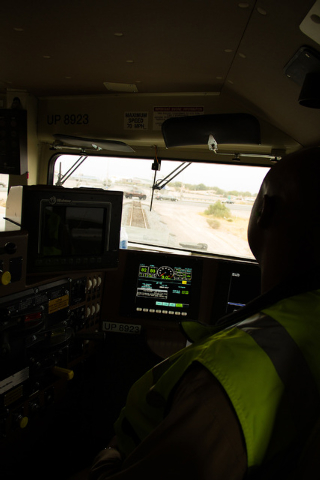
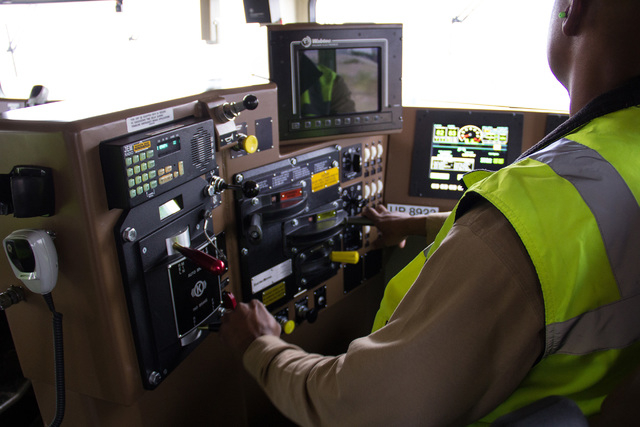
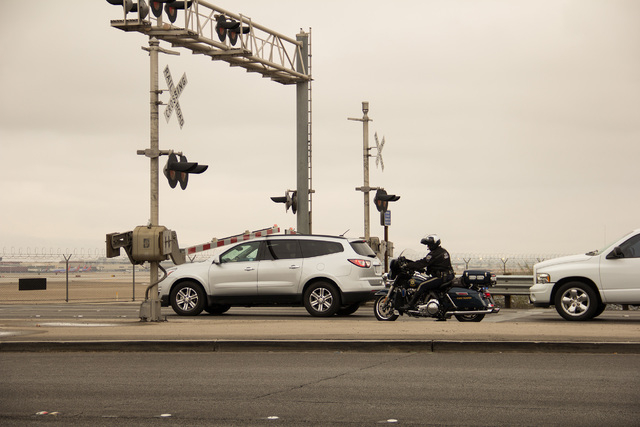
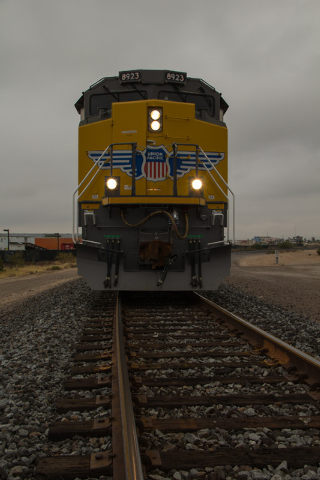
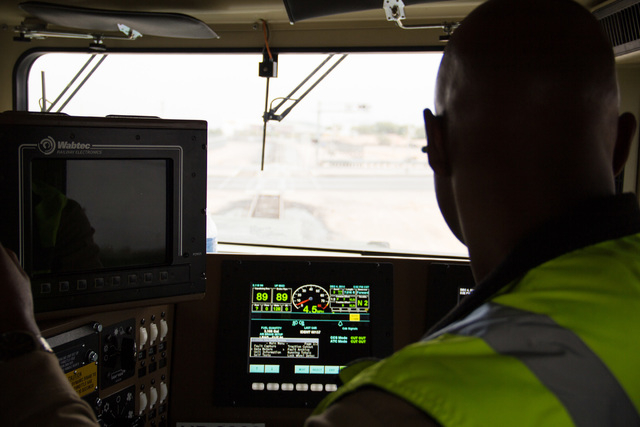
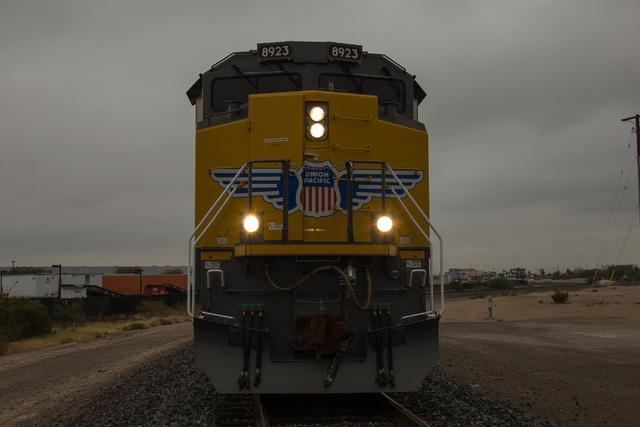
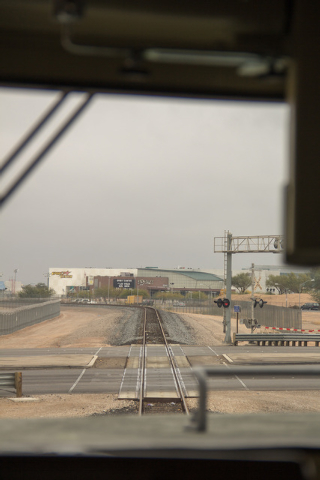
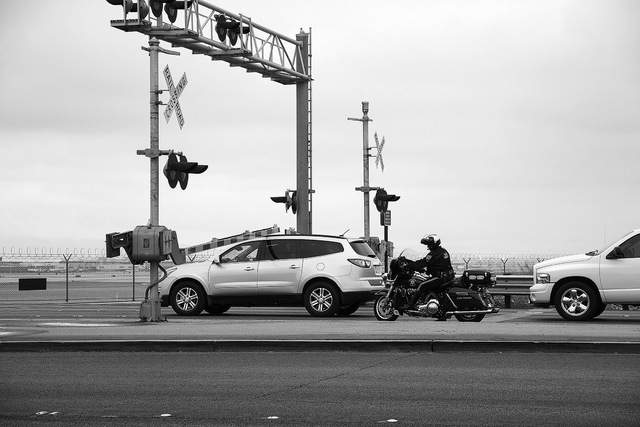
The railroad system is synonymous with U.S. history and culture. For generations, its tracks have carried Americans and their goods across the nation.
But those same tracks have also drawn the uninvited, from people on the run to adolescents looking for a place to hang out.
Now police are cracking down on people who fail to obey trespassing laws on railroad property.
Local law enforcement agencies have teamed up with Union Pacific’s Crossing Accident Reduction Education and Safety program to promote safety in railroad communities such as Las Vegas and Henderson.
Officers from the Nevada Highway Patrol, Las Vegas police and Union Pacific police watched motorist and pedestrian behaviors at the railroad crossing on Las Vegas Boulevard just north of Sunset Road on Dec. 4. Over four hours, 142 citations were issued to drivers who failed to stop at limit lines.
At least one driver stopped completely on the tracks, forcing the crossing arms to come to rest atop the roof of his vehicle.
On Dec. 3, 33 citations were handed out in an hour at the Wyoming Avenue and Desert Inn Road crossings, just east of Interstate 15.
Pedestrians and motorists need to be equally aware of the hazards that come with stopping on a railroad track, said Jorge Villaescusa, a police officer for Union Pacific.
Technically, railroad property stretches 25 feet on both sides of the track, Villaescusa said. “Anybody there is trespassing.”
Yet conductor Randy Robbins said it’s not uncommon to see transients and other people walking the tracks.
In 2012, 433 people died, and 411 were injured, while trespassing on railroad property in the United States.
Every three hours a person or vehicle is hit by a train, according to the Federal Railroad Administration, and 96 percent of deaths caused by grade crossing accidents are the result of trespassing, FRA Administrator Joe Szabo said.
One hundred percent of them are avoidable, Villaescusa said.
Perhaps the most pressing safety issue for Las Vegas’ railways is drivers who refuse to stop at crossings, choosing instead to risk their lives by driving around the crossing arms.
Trains often need at least 1 mile to come to a full stop. “That’s 18 football fields,” Villaescusa said. By the time a locomotive engineer sees something on the tracks, it’s already too late.
A train colliding with a car is equivalent to a car colliding with an aluminum can, Villaescusa said. “If you see tracks, expect a train anytime.”
As for pedestrians, Union Pacific warns that even standing or walking near the tracks can be dangerous or deadly because rail cars overhang the tracks by at least 3 feet on either side. “If you are too close to the tracks, you can be hit by the locomotive or a rail car,” said Dale Bray, the company’s director of public safety.
Union Pacific has created safety policies aimed at people whose hobbies might draw onto or near tracks and trestles.
The company is urging photographers to refrain from using railroad property for shoots, citing a 2012 incident when an art teacher was fatally struck by a train while taking photos.
People are also discouraged from hunting and fishing on railroad property, though a set of tracks can double as a migration and feeding corridor for wildlife.
“Not everyone who trespasses on railroad property does so with bad intentions,” Union Pacific’s website says. “Perhaps they think it’s a faster way to get home from school or a good spot to shoot a few photos. Regardless of intent, trespassing isn’t just illegal — it’s dangerous.”
Contact Kimberly De La Cruz at kdelacruz@reviewjournal.com or 702-383-0381. Find her on Twitter: @KimberlyinLV.












